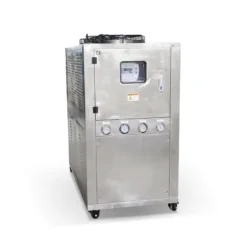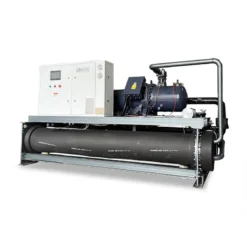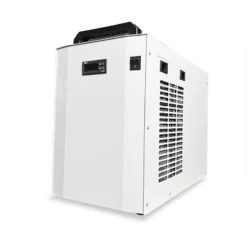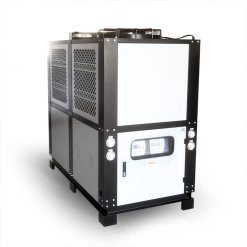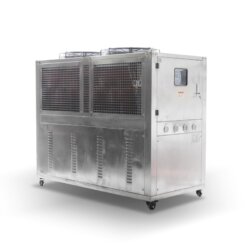The Hidden Cost of Mismatched Cooling Systems
According to ASHRAE’s 2023 industry report, 42% of industrial equipment failures stem from improper cooling solutions. Consider these real-world impacts:
- A Midwest food packaging facility using HVAC chillers for production line cooling experienced ±5℃ temperature fluctuations, causing $180,000 annual losses from spoiled goods.
- A Texas data center reduced cooling energy bills by 37% after switching to modular process chillers with free cooling capabilities.
What Is an HVAC Chiller?
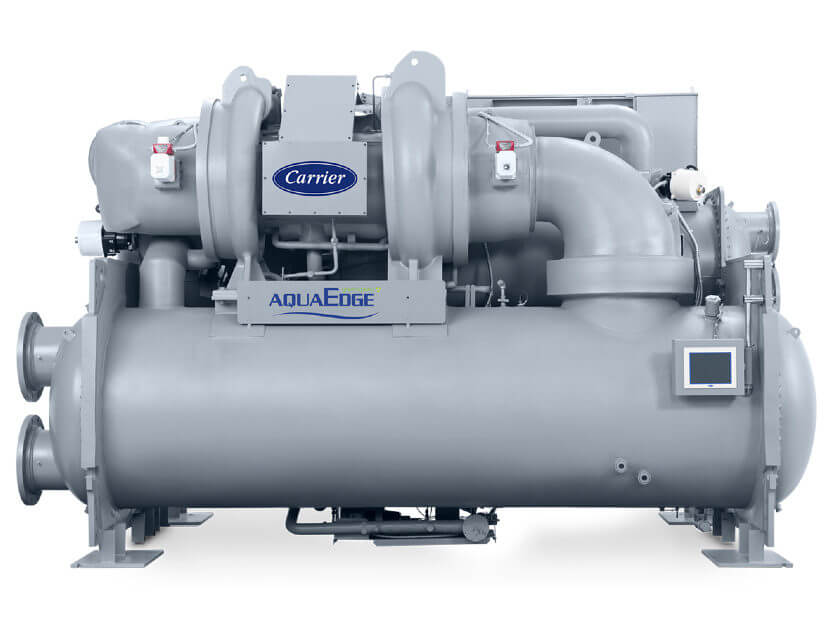
An HVAC (Heating, Ventilation, and Air Conditioning) chiller is a thermal regulation system designed to control the temperature and humidity of indoor spaces. It integrates heating, air circulation, and cooling capabilities, leveraging principles of fluid dynamics and thermal energy exchange. Typically, an HVAC chiller uses a refrigeration unit to cool circulating air, extracting warm air from a designated area while maintaining optimal humidity levels.
These systems are highly adaptable and can serve a variety of environments, from residential buildings to large industrial facilities. Depending on the setup, HVAC chillers may include a heating element to warm air during colder months, making them versatile for year-round climate control. However, this versatility comes with added complexity—each component (e.g., ductwork, fans, and refrigeration units) increases installation and operational costs.
Energy ProfileÁp suất dầu bôi trơn cần phải lớn hơn áp suất hút để dầu bôi trơn đi ra khỏi ổ trục. Annual Energy Cost = (Total Tonnage × 1.2kW/ton × Hours × $0.14/kWh) ÷ COP
Ví dụ: A 100-ton system operating 4,000 hours/year at COP 3.8 costs $17,684 annually.
What Is a Process Chiller?
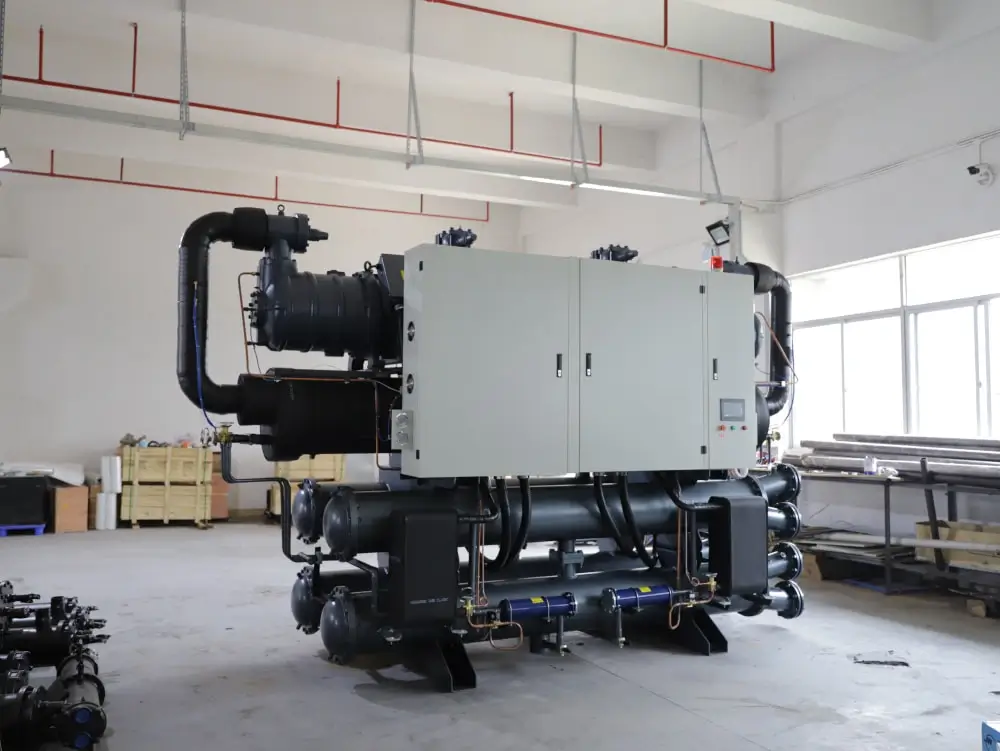
A process chiller, on the other hand, is a specialized cooling device engineered to remove heat directly from a specific industrial process. Unlike HVAC chillers, which focus on ambient air temperature, process chillers circulate chilled water or coolant through a closed-loop system to manage rising temperatures in equipment or manufacturing operations. The heated coolant is then cycled through the chiller, where it undergoes refrigeration or absorption to dissipate the absorbed heat.
Process chillers are tailored for applications requiring precise, localized cooling, such as brewery fermentation, hydroponic systems, or plastics manufacturing. By targeting the heat source directly, they ensure consistent process conditions, safeguarding both machinery and finished products from thermal damage.
Heat Load FormulaÁp suất dầu bôi trơn cần phải lớn hơn áp suất hút để dầu bôi trơn đi ra khỏi ổ trục. Q (kW) = (Machine Power × 0.3) + (Surface Area × 0.2kW/m²)
Case Study: A plastic injection molder requiring 150kW cooling saved $12,300/year by upgrading to a variable-speed process chiller.
Key Differences Between Process Chillers and HVAC Chillers
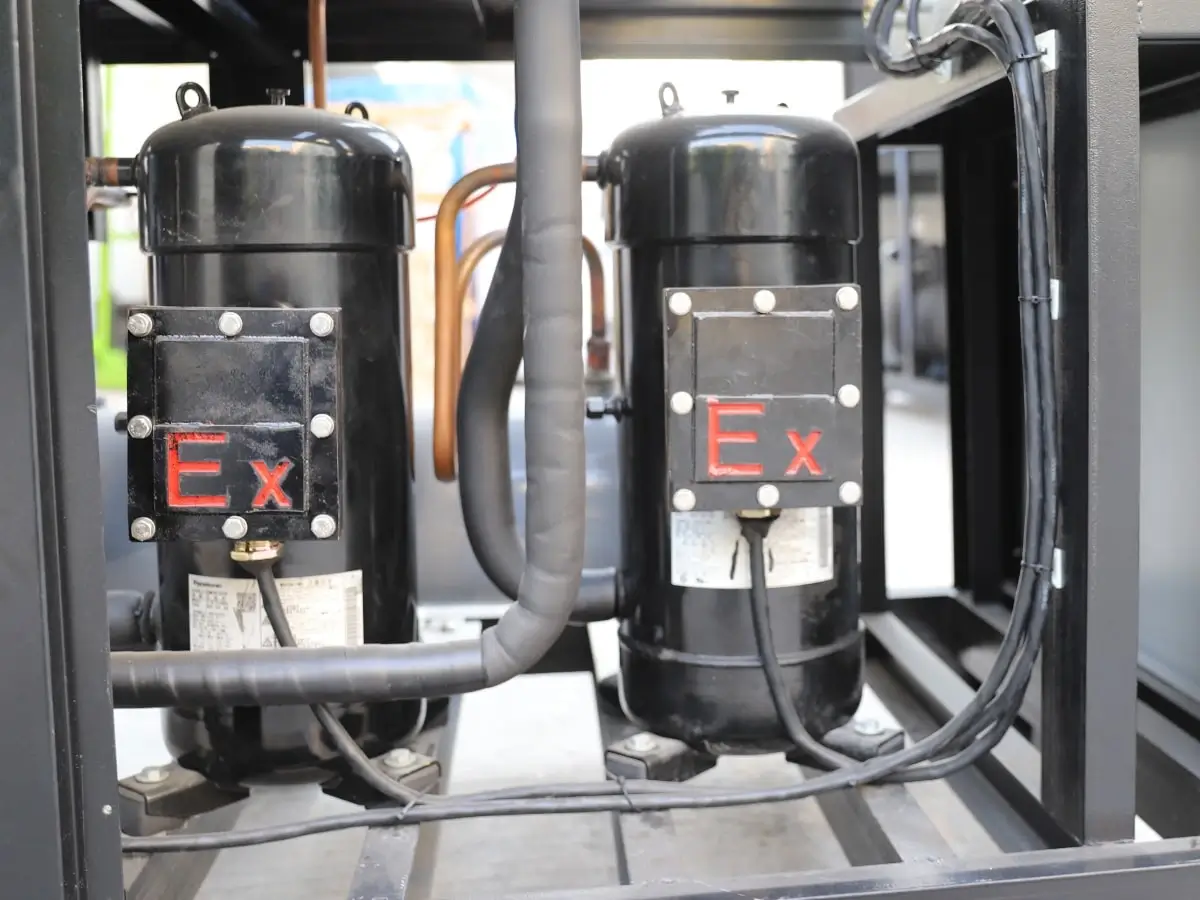
While both systems provide cooling, their design and operational differences set them apart. Here’s a breakdown of the most significant distinctions:
1. Purpose and Application
HVAC Chillers: Built to regulate environmental temperatures in buildings or large spaces, HVAC chillers are ideal for maintaining comfort in offices, warehouses, or homes.
Process Chillers: Designed for direct cooling of industrial processes, these chillers excel in applications where precise temperature control is critical, such as food processing or chemical production.
2. System Design
HVAC Chillers: Typically feature a single, integrated cooling unit where all components—refrigeration, air circulation, and heating—work together. If one part fails, the entire system may shut down.
Process Chillers: Often equipped with separate refrigeration and water circuits, allowing the system to operate at partial capacity even if one circuit malfunctions. This modular design enhances reliability in industrial settings.
3. Seasonal Flexibility
HVAC Chillers: In cold weather, the cooling function becomes redundant, limiting their utility unless paired with a heating component.
Process Chillers: Can be modified to provide heating as well as cooling, ensuring year-round functionality regardless of external conditions.
4. Components and Integration
HVAC Chillers: Require extensive ancillary components like ductwork, fans, and filters, driving up installation and maintenance costs.
Process Chillers: Come with integrated pumps, storage tanks, and thermoregulatory controls, offering a more self-contained and efficient solution.
Why Choose SCY Chiller?
For over two decades, Scy Chiller has been a trusted name in delivering high-quality air-cooled and water-cooled chillers tailored to diverse cooling needs. Whether you’re managing a manufacturing process or maintaining a comfortable indoor environment, Scy Chiller provides reliable, efficient solutions. Their process chillers are particularly well-suited for industries requiring direct cooling, while their HVAC chillers offer robust climate control for larger spaces.
Which System Is Right for You?
Choosing between a process chiller and an HVAC chiller depends on your specific needs. If your goal is to cool a building or regulate ambient air for occupant comfort, an HVAC chiller is the better fit. However, if you need targeted cooling for an industrial process—such as maintaining precise temperatures in equipment or materials—a process chiller is the superior choice.
For expert guidance on selecting the right cooling system, Scy Chiller offers personalized support to ensure your setup aligns with your operational goals. Contact their team today to explore how their advanced chillers can meet your unique requirements, and stay informed with their latest insights on cooling technology!


